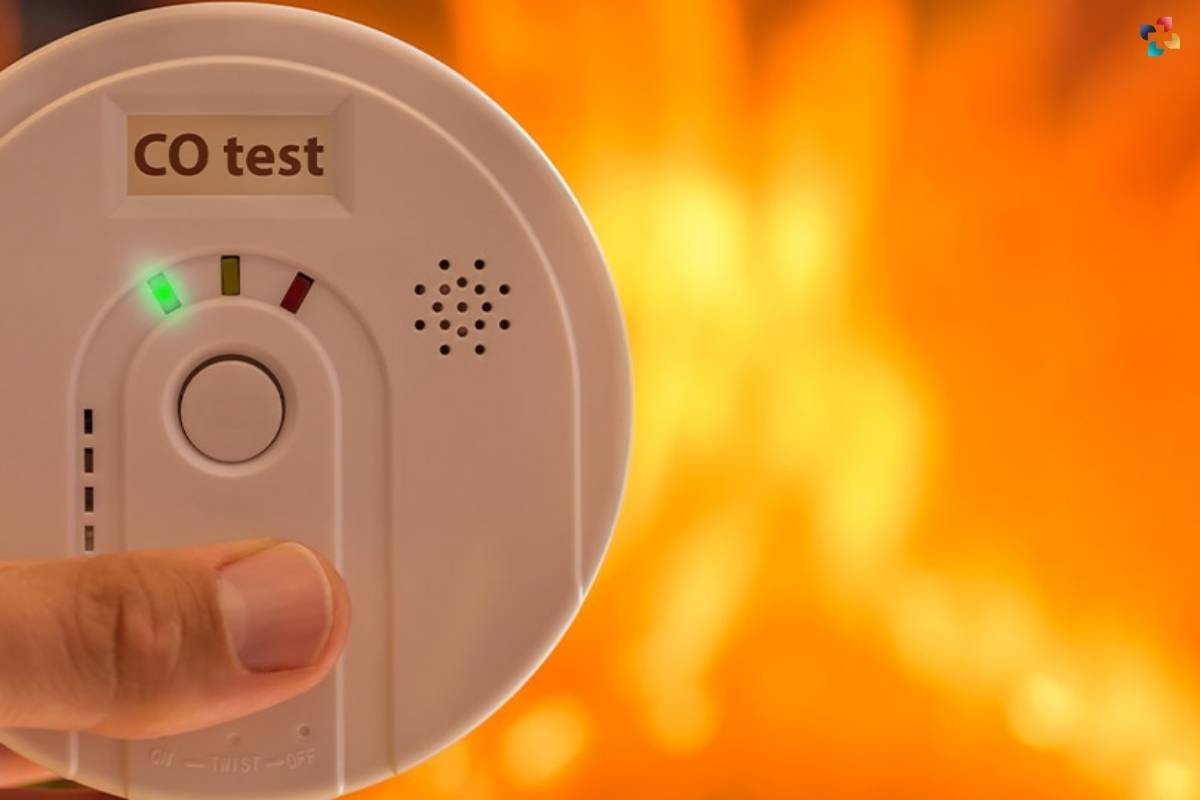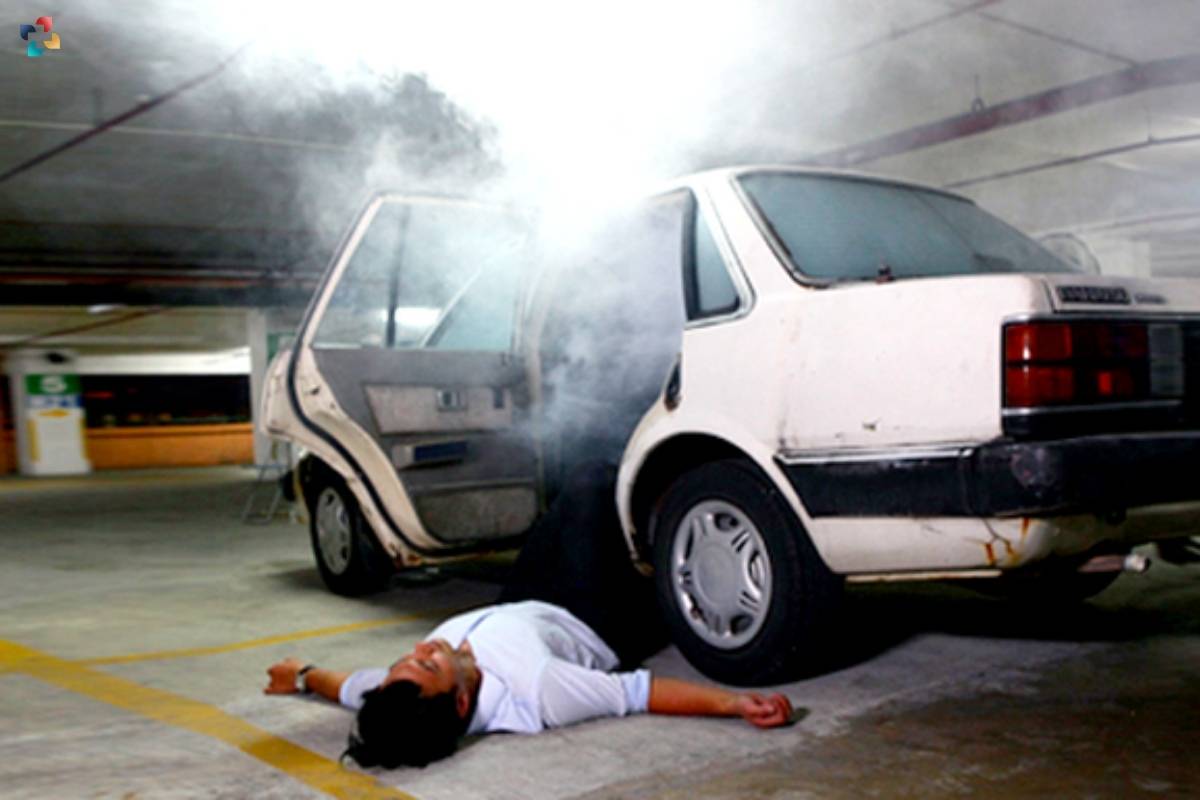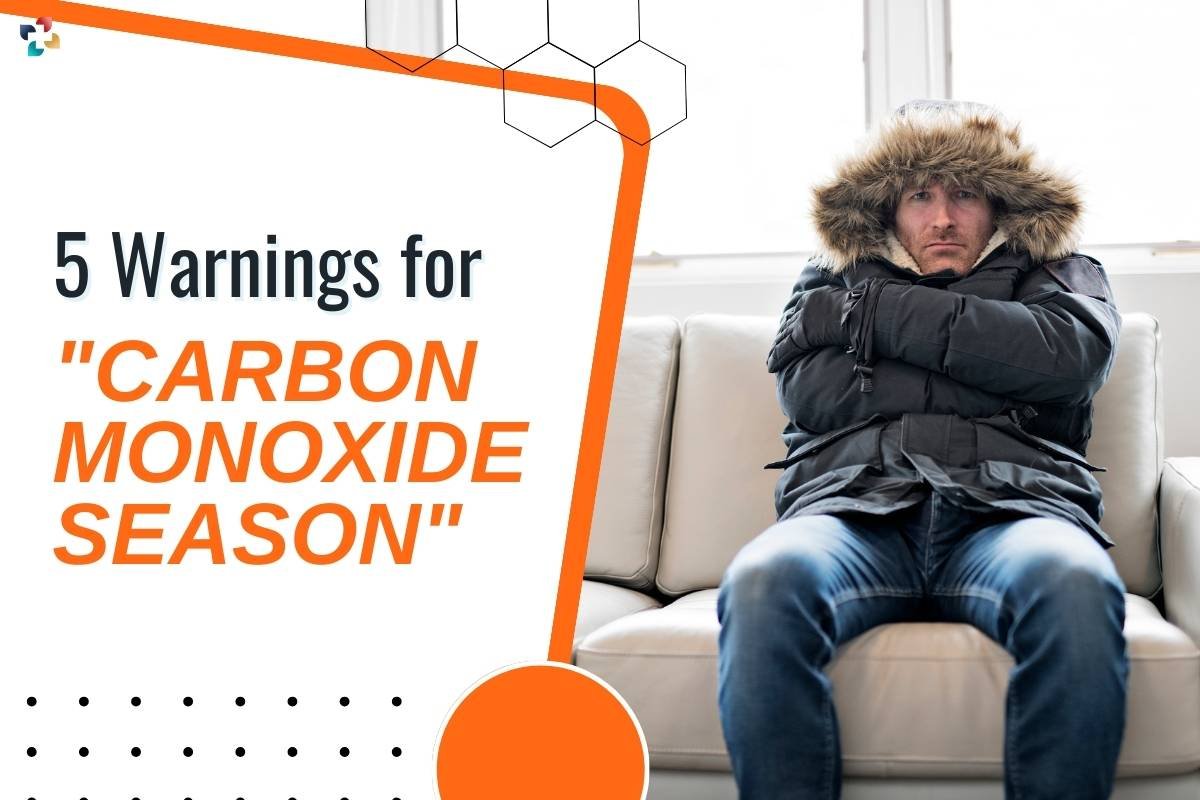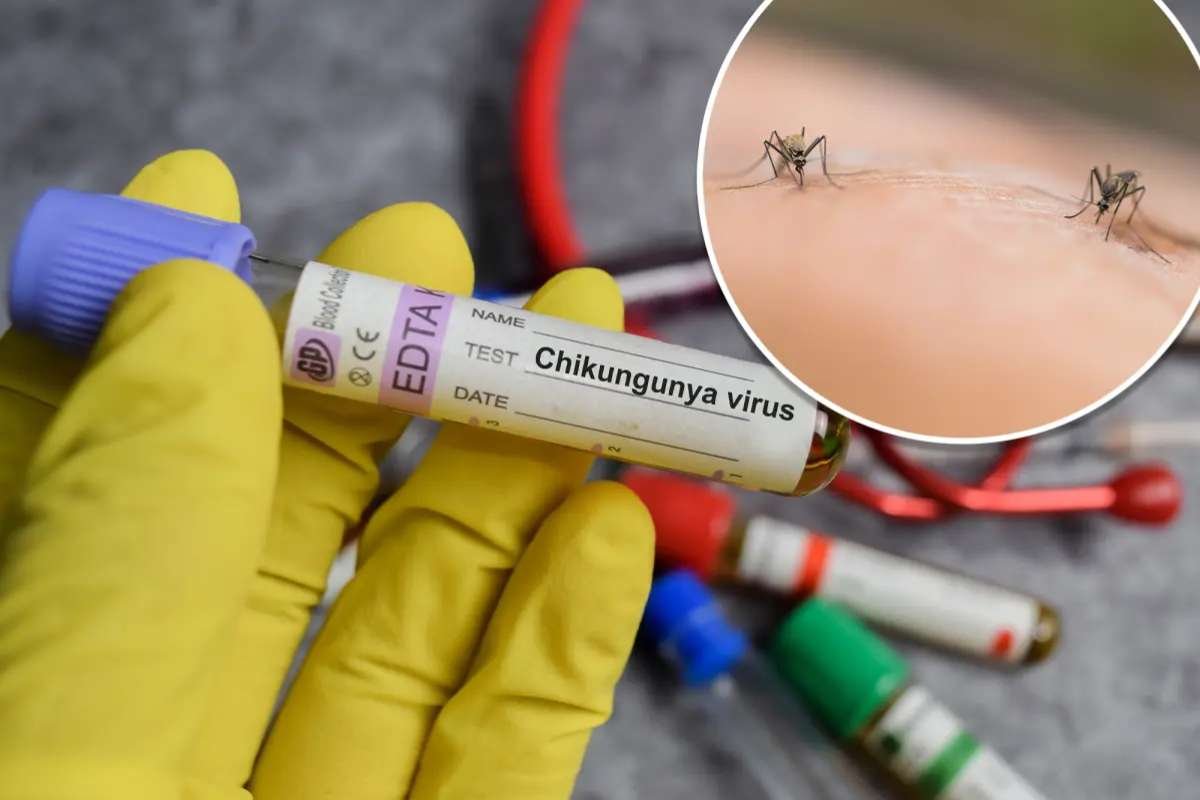As the calendar changes and a new season comes into play, it brings out the various potential dangers lurking in our homes. Out of all those different dangers, one silent, but equally deadly threat comes out to the surface and becomes more prevalent during the cold winter season. And this is nothing but the threat of carbon monoxide (CO). Carbon monoxide season is usually referred to as the silent killer. This is specifically because it is a colorless and odorless gas that is known to have devastating and hazardous effects on human health.
Because of the nature of the gas, it is important for us all to know and be aware of the different kinds of risks associated with carbon monoxide poisoning and take preventive measures well in time to keep your house and your loved ones safe and sound.
In this article, we’ll explore five essential warnings for “carbon monoxide season” to help you stay informed and protected.
What is Carbon Monoxide Season?
As the calendar turns and the seasons change, various hazards make their presence known in our homes. One such peril, often lurking in silence, is carbon monoxide (CO). Dubbed the “silent killer,” carbon monoxide is an odorless, colorless gas that poses a serious threat to our health, particularly during the colder months, which we can aptly refer to as “carbon monoxide season.”

Carbon monoxide season typically encompasses the fall and winter months when our reliance on heating systems and enclosed spaces increases. This is the time when the risks associated with carbon monoxide poisoning become more pronounced. As the temperature drops, we turn to heating systems, fireplaces, and gas-powered appliances to keep us warm and comfortable. Yet, what many people fail to realize is that these very sources of warmth can also be potential sources of carbon monoxide emissions if not properly maintained or ventilated.
The danger lies in the fact that carbon monoxide is invisible and odorless, making it impossible to detect without specialized equipment. When CO levels in enclosed spaces rise to dangerous levels, it can lead to severe health issues or even fatalities. This is why being aware of the risks and taking preventive measures is of paramount importance, especially during “carbon monoxide season.”
In this article, we will explore five crucial warnings to keep in mind during carbon monoxide season. These warnings encompass common sources of carbon monoxide, how to detect its presence, and the preventive steps you can take to ensure the safety of your home and loved ones. By staying informed and vigilant, you can mitigate the risks associated with carbon monoxide and enjoy a safe and comfortable “carbon monoxide season” and beyond.
Here Are 5 Crucial Warnings to Keep in Mind During Carbon Monoxide Season:
1. The Cold Weather Culprit: Heating Systems
During the winter months, heating systems become our best allies against the biting cold. However, they can also be a source of carbon monoxide if not properly maintained. Furnaces, wood-burning stoves, and gas heaters all produce CO as a byproduct of combustion. If these systems are not adequately ventilated or serviced, carbon monoxide can seep into your living spaces.
Warning: Ensure that your heating systems are regularly inspected and serviced by a professional technician. Adequate ventilation and proper installation are key to preventing CO leaks. Be particularly vigilant if you use a wood-burning fireplace, as creosote buildup in chimneys can obstruct proper airflow and increase CO production.
2. The Invisible Intruder: Faulty Appliances
Appliances powered by natural gas, propane, or oil are indispensable in many households. However, these appliances can be potential sources of carbon monoxide if they malfunction. A faulty stove, water heater, or dryer can produce elevated levels of CO, posing a significant risk to those living in the home.
Warning: Install carbon monoxide detectors near all gas-powered appliances and in areas where people sleep. These detectors can alert you to rising CO levels and provide an early warning, allowing you to take action. Regularly inspect and maintain your appliances, and be on the lookout for any signs of malfunction, such as strange odors or unusual flames.
3. The Dangerous Escape: Vehicle Exhaust
During cold weather, many people warm up their vehicles in enclosed spaces like garages before heading out. However, this seemingly harmless practice can be a deadly mistake. Vehicle exhaust contains high concentrations of carbon monoxide, and running your car in an enclosed area can lead to CO buildup, putting you and your family at risk.

Warning: Never run your vehicle in a closed garage, even if the garage door is open. Always ensure proper ventilation when using vehicles or generators with internal combustion engines. Install a CO detector in or near your garage to monitor CO levels.
4. The Smokeless Hazard: Incomplete Combustion
Incomplete combustion of fuels is a common source of carbon monoxide emissions. This occurs when there isn’t enough oxygen available for complete burning, leading to the production of CO instead of carbon dioxide (CO2). Gasoline-powered tools, such as generators, can be culprits, as can malfunctioning or unvented gas stoves.
Warning: Opt for electric tools whenever possible, especially in enclosed or poorly ventilated spaces. Ensure that gas stoves have proper ventilation, and never use them for heating purposes. Properly maintain all gas-powered equipment to minimize the risk of incomplete combustion.
5. The Detector Disconnect: Lack of CO Alarms
One of the most significant warnings during “carbon monoxide season” is the absence of carbon monoxide detectors. Many households lack these life-saving devices, leaving them vulnerable to CO poisoning. Carbon monoxide is undetectable by our senses, making detectors the only way to know if there’s a threat.

Warning: Install carbon monoxide detectors on every floor of your home, especially near sleeping areas. Test them regularly to ensure they are functioning correctly, and replace the batteries annually. Choose detectors with a digital display to monitor CO levels continuously. These alarms can mean the difference between life and death in a CO emergency.
Conclusion
The carbon monoxide season brings out some of the most real dangers that require our immediate attention and preventive measures accordingly. The threat of carbon monoxide is invisible and it can very easily infiltrate anyone’s homes through various kinds of sources. These can include some of the most common and basic objects such as your heating systems, faulty appliances, vehicle exhausts, and the absence of CO detectors. These 5 warnings can help you protect your homes and your loved ones:
- Regularly service and maintain heating systems to prevent CO leaks.
- Inspect and maintain gas-powered appliances and install CO detectors.
- Never run vehicles or generators in enclosed spaces, and monitor CO levels in your garage.
- Avoid incomplete combustion by using electric tools and ensuring proper ventilation.
- Install carbon monoxide detectors on every floor of your home and test them regularly.
By taking these warnings into account and then taking the right actions required, you can very easily safeguard your family and your house from any kind of dangers carbon monoxide might offer, thus ensuring a safe and comfortable “carbon monoxide season” and year-round protection.







